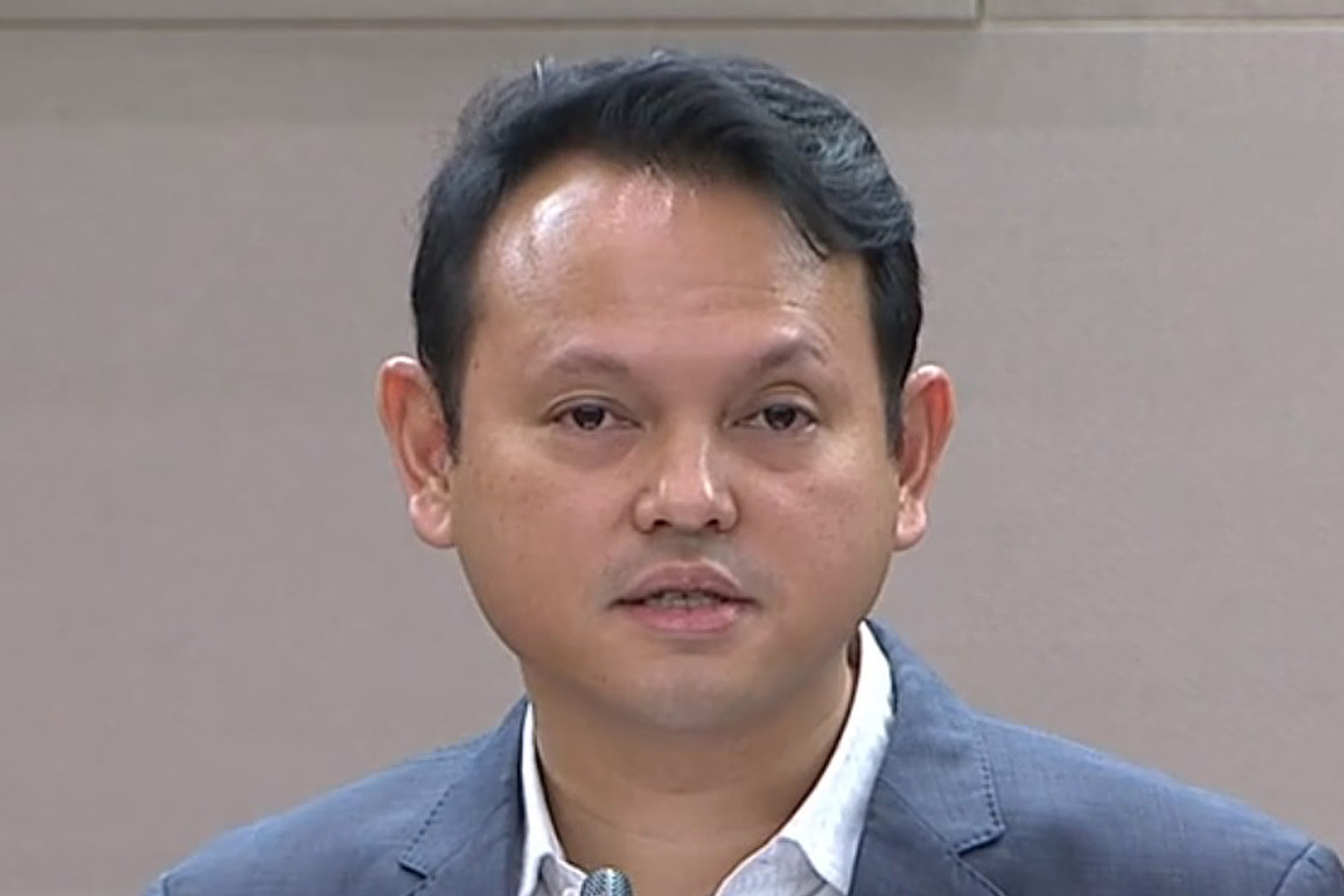Parliament: Total employment in 23 key industries up 19,500 from 2015 to 2018
Sign up now: Get ST's newsletters delivered to your inbox

Minister of State for Manpower Zaqy Mohamad said it would be more meaningful to look at employment outcomes over the medium to long term.
Follow topic:
Total employment in 23 key industries in Singapore with blueprints to help them transform grew by 19,500 between 2015 and 2018, Minister of State for Manpower Zaqy Mohamad told Parliament yesterday.
This was made up of an increase in employment of Singaporeans by 39,300, and of permanent residents by 8,600. There was also a decrease in employment of foreigners by 28,500, he added.
Mr Zaqy was replying to a question from Workers' Party (WP) chief Pritam Singh (Aljunied GRC), who asked for details on the number of new jobs filled by Singaporeans, PRs and foreigners for each industry covered by the blueprints, known as industry transformation maps (ITMs). These were launched progressively from late 2016, with the majority launched in 2018.
Mr Zaqy also said it would be more meaningful to look at employment outcomes over the medium to long term, as the changes in workforce profile depend on a variety of factors which can be structural or cyclical in nature.
Singaporeans have consistently worked hard to update their skills and stay relevant, he said, noting that the training participation rate of the resident labour force aged between 15 and 64 increased from 35 per cent to 48 per cent.
Some 93,000 locals have also moved into new jobs through the Adapt and Grow initiative from 2016 to September last year, he added.
Responding to a question from labour MP Patrick Tay (West Coast GRC) as to whether the Manpower Ministry is reviewing measures to monitor recalcitrant companies which flout the Fair Consideration Framework, Mr Zaqy said more details will be announced next week.
Minister for Trade and Industry Chan Chun Sing said yesterday that Singapore's productivity performance was stronger than or comparable to most Organisation for Economic Cooperation and Development (OECD) countries between 2008 and 2018.
Total factor productivity (TFP) here increased 0.5 per cent per annum or 12 per cent of econo-mic growth of 4.5 per cent a year between 2008 and 2018, similar to that for Germany and the United States, and higher than France's 0.3 per cent uptick over the same period.
TFP measures economic efficiency and innovation.
In reply to WP Non-Constituency MP Leon Perera's question on the contribution of TFP to economic growth in the past 10 years and how Singapore's productivity compares to other countries, Mr Chan noted that Singapore's productivity growth had picked up in recent years - it had increased to 0.9 per cent per annum or 27 per cent of economic growth since 2016.
This increase was due to economic restructuring efforts and upskilling initiatives, he added.
Mr Chan also said Singapore is aware that to improve its productivity, it needs to emphasise the translation of research and development (R&D) outcomes into commercial enterprises, and not just R&D for its own sake.
Replying to further questions from Mr Perera, Mr Chan said that continuous training must be in Singapore's DNA, which would enable us to "get into lifelong employability and not lifelong employment".
More plans to tackle employment training will be announced in the Budget, which will be delivered next month, he added.
Choo Yun Ting

